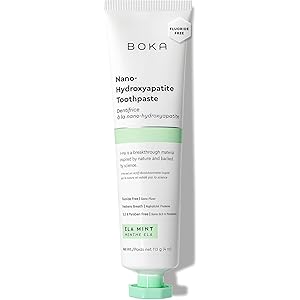The Honest Company Clean Conscious Diapers for Delicate Skin, Up to 100% Leakproof Hypoallergenic Fragrance-Free Baby Diapers, Gender Neutral Prints, Club Box, Size Newborn, 72 Count (Prints May Vary)
$29.99 (as of October 25, 2025 00:05 GMT +00:00 - More infoProduct prices and availability are accurate as of the date/time indicated and are subject to change. Any price and availability information displayed on [relevant Amazon Site(s), as applicable] at the time of purchase will apply to the purchase of this product.)What is Breast Ultrasound?
Breast ultrasound is a diagnostic imaging technique that uses sound waves to create images of the internal structures of the breast. This non-invasive procedure is often used in conjunction with mammography to provide a more comprehensive evaluation of breast health. It is particularly useful for examining breast lumps or abnormalities that may not be visible on a mammogram.
How Does Breast Ultrasound Work?
During a breast ultrasound, a technician applies a gel to the breast and uses a handheld device called a transducer to send sound waves into the tissue. These sound waves bounce off the structures within the breast and are converted into images by a computer. The entire process typically takes about 30 minutes and is painless, making it an ideal option for patients who may be anxious about other imaging methods.
When is Breast Ultrasound Recommended?
Breast ultrasound is often recommended for women with dense breast tissue, as mammograms may not provide clear images in such cases. It is also used to further investigate abnormalities detected during a mammogram or clinical breast exam. Additionally, breast ultrasound can be beneficial for pregnant or breastfeeding women, as it avoids the use of radiation.
Benefits of Breast Ultrasound
One of the primary benefits of breast ultrasound is its ability to differentiate between solid masses and fluid-filled cysts. This distinction is crucial in determining the nature of a breast lump and guiding further management. Furthermore, breast ultrasound is a safe procedure with no exposure to ionizing radiation, making it suitable for regular monitoring of breast health.
Limitations of Breast Ultrasound
While breast ultrasound is a valuable tool, it does have limitations. It is not a replacement for mammography but rather a complementary imaging technique. Ultrasound may miss some small cancers that a mammogram could detect, and its effectiveness can depend on the skill of the technician performing the exam. Therefore, it is essential to follow a comprehensive breast screening program.
Preparing for a Breast Ultrasound
Preparation for a breast ultrasound is minimal. Patients are generally advised to wear comfortable clothing and may be asked to avoid using deodorants or lotions on the day of the exam, as these products can interfere with the imaging process. It is also helpful to bring any previous imaging results to the appointment for comparison.
What to Expect During the Procedure
During the breast ultrasound, patients will lie on an examination table while the technician performs the scan. The technician will apply a warm gel to the breast to facilitate the transmission of sound waves. The transducer will then be moved over the breast to capture images from various angles. Patients may be asked to change positions to obtain the best views.
Interpreting Breast Ultrasound Results
After the breast ultrasound, a radiologist will analyze the images and provide a report to the referring physician. The results may indicate whether further testing is needed or if the findings are benign. It is essential for patients to discuss their results with their healthcare provider to understand the implications and next steps.
Breast Ultrasound in Breast Cancer Screening
Breast ultrasound plays a significant role in breast cancer screening, particularly for women at high risk. It can help detect cancers that may not be palpable or visible on mammograms. Regular breast ultrasound screenings, in conjunction with mammography, can enhance early detection and improve treatment outcomes for breast cancer.
Future of Breast Ultrasound Technology
Advancements in breast ultrasound technology continue to evolve, with innovations such as automated breast ultrasound systems and 3D imaging. These developments aim to improve the accuracy and efficiency of breast imaging, providing healthcare providers with better tools for diagnosing and managing breast health. As research progresses, breast ultrasound will likely become an even more integral part of breast cancer screening protocols.



